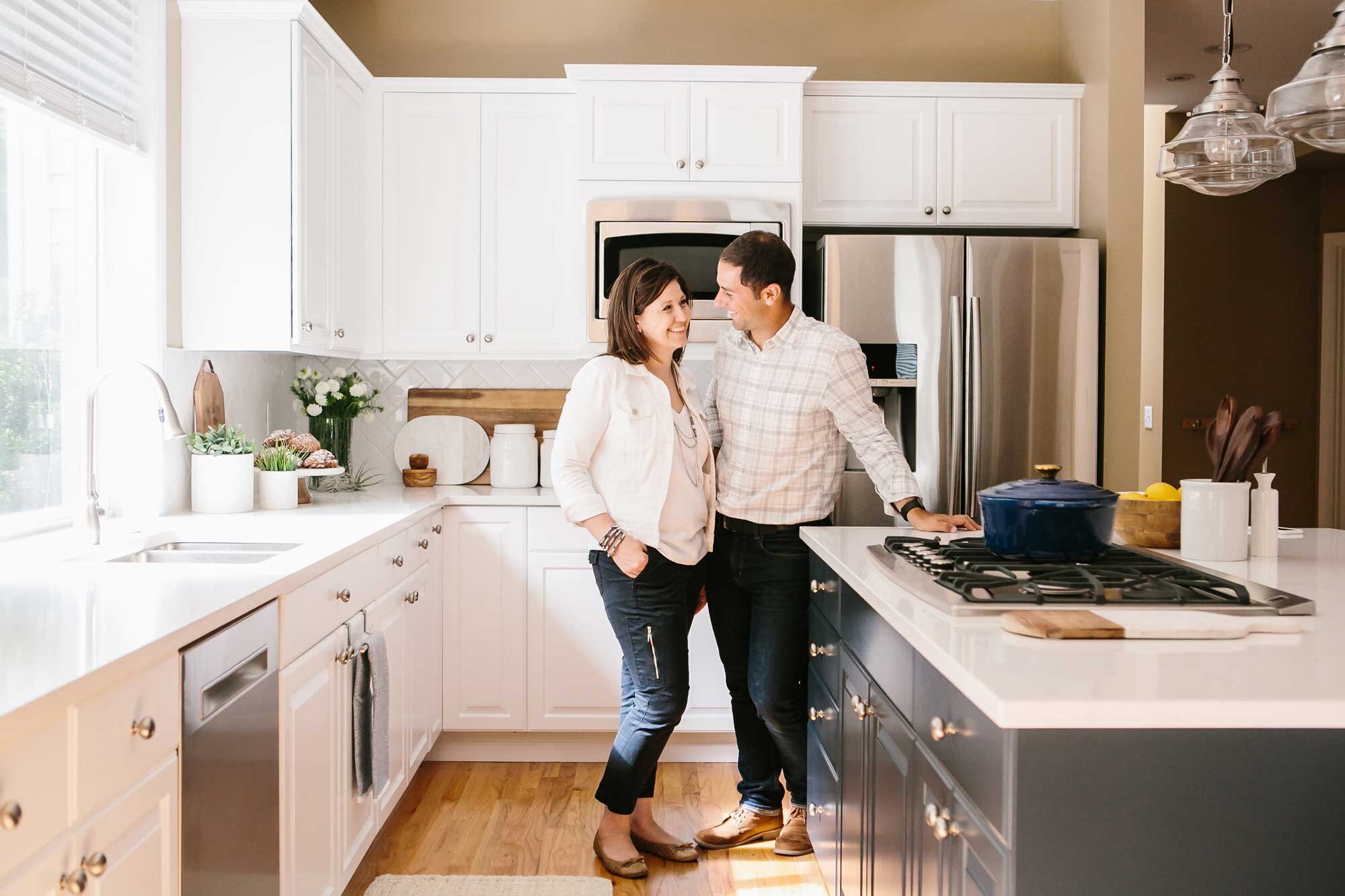An interior design service is a professional that assists you with the layout, style and decor of your home or space. This can include things like floor plans, furniture selection and color consultations. The goal is to create a space that’s both functional and appealing.
While many of these services can be done remotely, some are performed in-person. The growing popularity of eDesign has made these services more accessible, but it’s important to understand what you’re getting when you purchase one.
Many online interior design an interior design service like Spacejoy companies, such as Decorist, Havenly and Modsy, match you with a designer based on a series of questions or automated quizzes that impart your goals for the space and your style. You then communicate with your designer through email, phone or video conference. Some offer a 3D look at your space to give you an idea of how the furniture or decor will look. If you’re unhappy with your paired designer, these services will often assign you a new one without the need to juggle schedules or visit your home site.
For those who aren’t looking for a full-service option, there’s the more traditional in-person interior design. These designers can also assist with planning, purchasing and project management for a new construction or remodeling project. They’ll work with contractors and tradespeople to ensure everyone is on the same page and that the project is completed within the specified timeframes and budgets.
The role of an interior designer is to provide a space that meets the functional and safety requirements of those who use it. This includes ensuring compliance with building codes, occupancy loads, healthcare regulations and sustainability principles. It’s also about providing a cohesive aesthetic that reflects the brand, culture and personality of the owner or business. This is achieved through an understanding of the client’s needs and goals for the project, as well as the architectural and environmental constraints that the space presents.
This is where the difference between an interior designer and an interior decorator comes in. While interior decorators are more concerned with the visuals, an interior designer must consider the functionality of the space in addition to its aesthetics. As a result, they may be better suited to large-scale projects such as hotels or hospitals. In these cases, the designer must be able to manage complex budgets, timelines and deliverables. In addition, they must be able to identify and communicate potential risks and consequences of their recommendations to the project team. This is important as an incorrect or inappropriate specification could breach laws, generate delays or even pose health and safety risks for those who occupy the interior environment. As a result, they must have the right knowledge and expertise to support their recommendations. This includes being able to source, verify and validate technical information for their designs. This is particularly critical for safety-critical environments, such as hospitals and schools, where the designer’s choices can impact the wellbeing and safety of those who occupy or use them.

